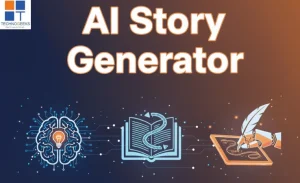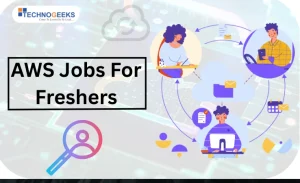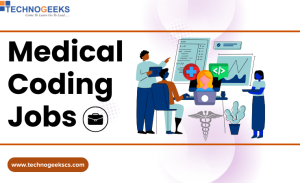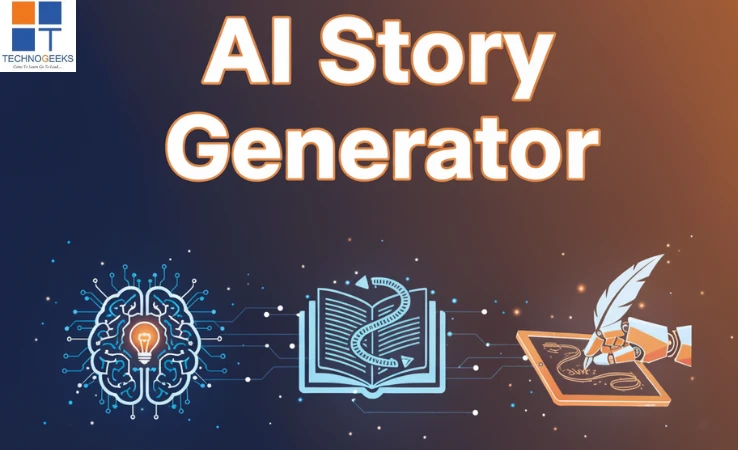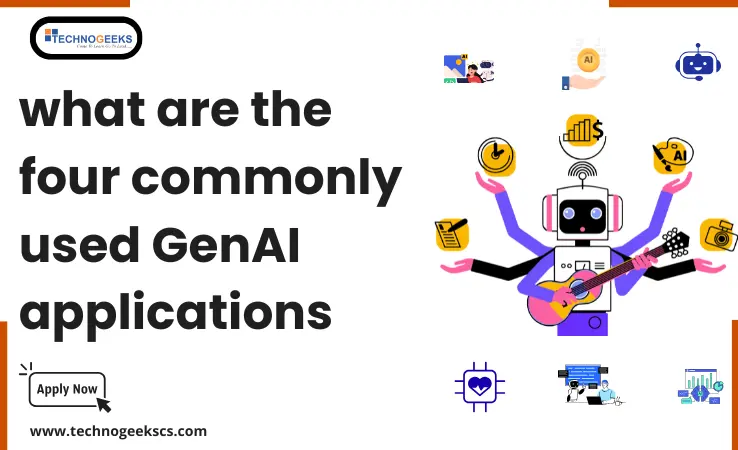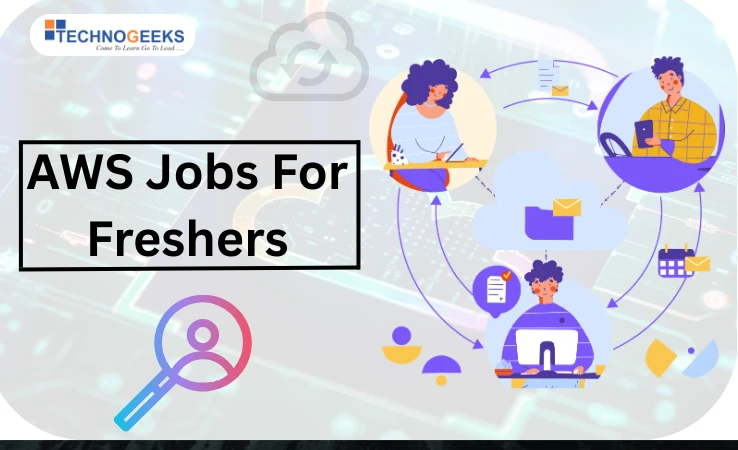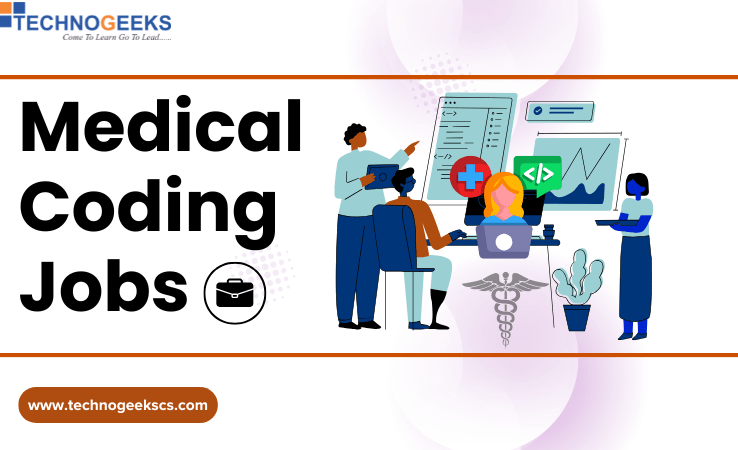Cloud computing delivers computing (processing, storage) resources over a network. The cloud provider delivers and manages the infrastructure, including servers and networking equipment, while the customer is responsible for application software and data/content stored on the infrastructure and system administration tasks for the server. The customer pays only for its resources and can use them 24 hours a day from anywhere with an Internet connection, a Web browser, or an application client. Cloud services are usually subscribed with a pay-as-you-go model or a metered service based on resource consumption, such as CPU cycles and storage used per month per virtual machine node.
Table of Contents
ToggleEvolution Of Cloud Computing
Since the 1950s, cloud computing has existed. But cloud computing started to take shape and
develop into what it is today when the fusion of five different technologies.
The first of these technologies is distributed systems and their peripherals, which allow
for sharing resources across multiple computers. The next technology is virtualization,
which allowed for the development of numerous virtual machines on a single physical server.
One of the 5 main technologies that contributed significantly to the development of cloud
Computing as we know it today is Web 2.0. The creation of cloud-based services and apps is
made possible by it.
Also Read What Is Web 3.0 For More Details
So basically all the cloud based services are created by combining these five technologies.
Types Of Cloud Computing
There are four different types of clouds
- Public Clouds
- Private Clouds
- Hybrid Clouds
- Multi Clouds
Public Clouds
Public clouds are a category of cloud computing that provides shared resources, servers, and services to the general public over the internet.
There are three types of services categories in cloud , which are mentioned below :
- a) Infrastructure as a Service (IaaS)
- b) Platform as a Service (PaaS)
- c) and Software as a Service (SaaS).
When a company uses a public cloud, it purchases IT infrastructure.
AWS, Microsoft Azure, and GCP are the most popular public clouds. Customers and businesses can rent computing power, storage, and applications on demand via the internet from anywhere in the world.
The best advantage of public cloud is you can use software and services like Microsoft Office 365 or Salesforce without investing in or managing on-premises infrastructure , this process is similar to taking something on rent rather than purchase.
Private Clouds
Private clouds are created to help you build clouds in your own environment. It’s cost-effective and easy to deploy.
The private cloud has three main benefits:
- Greater hardware utilization.
- Rapid deployment of new services.
- Customized business processes that can be implemented quickly.
Hybrid Clouds
Hybrid clouds are a combination of private, public, and hosted environments. A hybrid cloud is a service that delivers the best of both private and public cloud features. You get the security of a private cloud. But you also get the elasticity, flexibility, and cost savings of a public cloud.
A hybrid cloud combines public and private clouds to give customers additional flexibility and greater control over their computing environment.
Multi-Cloud
The term Multi-Cloud is defined as it is a way of using more than one cloud computing service from different vendors at the same time. It helps businesses to combine the advantages of different cloud providers and reduce the risk of depending on just one.
The purpose of using multi cloud is it can easily manage and coordinate data and workloads across different cloud services. It allows businesses to choose the best cloud provider for each job and make sure that they have a backup in case one of the cloud services experiences issues.
The best Advantage of using Multi-Cloud is it offers more flexibility and options for businesses that need to use cloud computing.
IT administrators can manage a multi-cloud infrastructure using tools provided by cloud service providers. Alternatively, they can use a multi-cloud management solution to reduce complexity. There is no single best practice guideline for managing multi-cloud because each organization’s use case is unique.
Cloud Computing Service Models
Let’s uderstand What are the Cloud Computing Models. So, there are Three Types Of Cloud Computing Models –
- Infrastructure as a Service (IaaS)
- Platform as a Service (PaaS)
- Software as a Service (SaaS)
These cloud computing service models define how much control you have over your server and data storage systems and applications.
IaaS (Infrastructure As A Service)
- IaaS (Infrastructure as a Service) is one of the most commonly used cloud computing service.
- It’s the most basic service model in which you can rent IT infrastructure – servers and virtual machines (VMs), storage, networks, and operating systems from a cloud provider.
- The customer can rent storage, network, and computing power on a pay-per-use basis.
PaaS (Platform As A Service)
- As the name indicates it generally provides a platform including hardware, software, and infrastructure to application developers.
- The computing resources are virtualized and available on demand.
- Once it has been created, PaaS can quickly launch the application in the cloud.
- You pay for what you use by using PaaS.
- AWS’s Elastic Beanstalk, Lambda, Azure’s WebApps, Functions, Azure SQL DB, Cloud SQL DB, and Oracle Cloud’s Oracle Database Cloud Service are examples of PaaS.
SaaS ( Software As A Service )
- Software as a Service (SaaS) provides software applications over the internet rather than as a one-time purchase or license fee installation on a local computer hard drive / server etc.
In Simple terms SaaS enables users to subscribe to a software application and access it online, instead of buying and installing it on their own computers.
- SaaS is a pricing model for software where the vendor develops application software for usage on a subscription basis.
- The best benefit of using Saas is when you use a SaaS provider, you don’t have to worry about service maintenance or underlying infrastructure management.
- Popular SaaS software services are Microsoft Office 365, Oracle ERP/HCM Cloud, SalesForce, Gmail, and Dropbox.
Characteristics of cloud computing
Cloud computing is a modern computing paradigm in which dynamically scalable and often virtualized resources are provided (as a service) over the Internet.
The key characteristics of cloud computing are:
- On-Demand Self-Service: Users can easily provision computing resources as per their needs, without the need for human intervention.
- Broad Network Access: Cloud resources can be accessed from any location with an internet connection, using standard protocols and devices.
- Resource Pooling: Cloud providers pool resources to serve multiple users, enabling efficient use of infrastructure.
- Rapid Elasticity: Cloud resources can be quickly scaled up or down based on demand.
- Measured Service: Users are charged only for the resources they consume, enabling cost-effective usage.
- Resilient and Reliable: Cloud providers typically have redundant systems and data centers, ensuring high availability and uptime.
Why do data scientists and data engineers need to understand the cloud and its data services?
Application workloads moving to the cloud
Cloud computing enables businesses to launch applications more quickly and without the need for extensive maintenance, which is handled by the service provider. SaaS helps businesses use computing resources more efficiently by tailoring them to their unique needs and requirements for each case.
Having a deeper understanding of these cloud applications can help make the best use of them
Workloads for big data and analytics applications are also on the move. The data science and engineering community must thoroughly understand these cloud computing services to make the best use of them in their analytics work.
Data analysis on cloud services
Previously for data analysis, organizations first had to build a server & after that, they did data analysis, but today, because of cloud computing, companies use cloud computing to store their data and do the analysis without having to build a server.
- Cloud Computing Characteristics that help the steadfast data analysis process
- A shortage of such skills, and the compensation is highly competitive.
- Cloud computing services for data science – AWS Sagemaker, Azure Data factory
Cloud Job Demands
According to the job listing portal Monster, the top skills demanded by cloud professionals include cloud computing, AWS/Azure, cloud migration, SAP, cloud security, and Machine Learning/AI.
Share of cloud jobs in % over six months in 2021
With over 608,000 cloud professionals across all verticals in India, demand for cloud-related jobs has increased by more than 40% since last year.
Cloud Computing Jobs For Freshers
Cloud computing is an emerging technology with a growing demand for skilled professionals worldwide, including in India. Job roles of cloud computing in India for freshers include Cloud Engineer, Cloud Administrator, Cloud Developer, Cloud Consultant, and Cloud Architect. Freshers can enhance their employability in the industry by upskilling themselves through Cloud Computing courses online/classroom. The cloud computing job market offers exciting career opportunities for those with the right skills and knowledge.
Experience-Level jobs data for the last 3 months
As of November 2021, intermediate-level workers with 4-6 years of experience held the highest percentage of cloud positions, contributing to 44 % of the cloud workforce. With 29 %, Entry Level Talent with 0-3 Years of Experience came in second, indicating a positive outlook for newcomers to the business.
Cloud Computing Plays an Important Role in the COVID-19 Pandemic
With 3 years in a row in a pandemic, it’s a generational shift where IT engineers will be used to working on-premise in a company, but from startups to MNCs like Netflix and Spotify moved their storage, analytics, and machine learning & number-crunching programs online, it will be going to hard to find an engineer who hasn’t worked on cloud-based software development!
During the COVID-19 crisis, cloud computing provided collaboration, communication, and important online services. Meanwhile, during the COVID-19 pandemic, it was necessary for people to work from their homes. But they had to communicate and collaborate online. It can be observed that an important role is played by cloud computing in effectively addressing the challenge of working from home. Online services are provided by cloud computing, which helps minimize the spread of the virus.
Conclusion –
We conclude that the agility and flexibility that cloud technology provides open up new ways of working, operating, and doing business.




